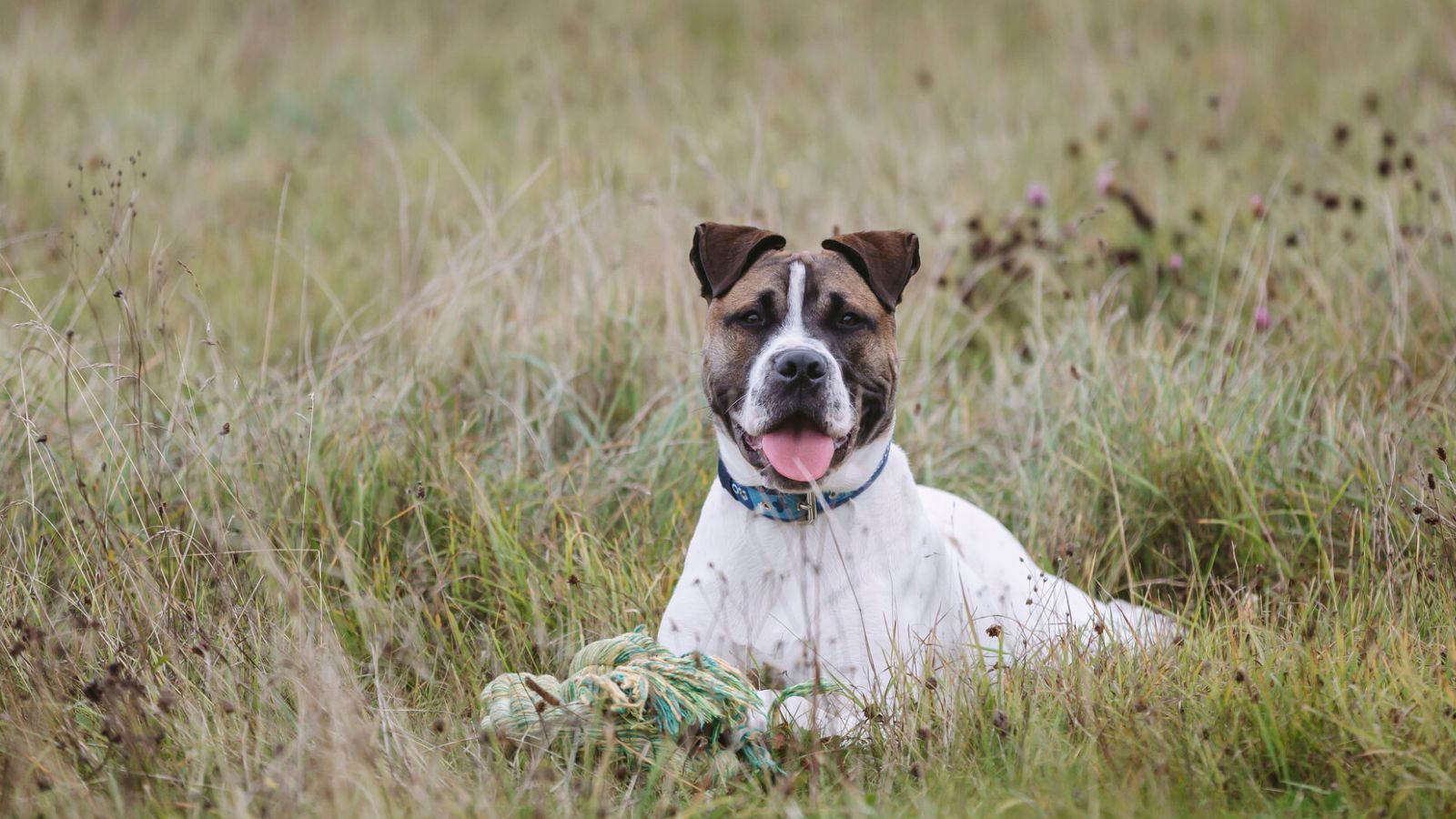
Cystitis in dogs
What is cystitis?
The word ‘cystitis’ means inflammation of the bladder. In dogs, cystitis is commonly caused by bacteria leading to a urine infection, but in some cases there could be another problem such as bladder stones or masses.
How do I know if my dog has cystitis?
The first thing you’ll probably notice is that your dog starts going for a wee more often than usual, and you may see they only pass a little bit of urine at a time. This is because their bladder is sore so they feel the need to empty it more.
Your dog may have the following symptoms:
- Passing urine more often
- Straining/squatting for longer when passing urine
- Weeing in the house when they don't usually
- Blood in the urine
- Urine with a bad smell
- Looking uncomfortable or painful
Cystitis is much more common in female dogs. This is because the tube that connects to the bladder is shorter in females, making it easier for bacteria to reach the bladder.
Will cystitis go away on its own?
If your dog has a urine infection (often called a UTI) and this is what’s causing their cystitis, they will need antibiotics from your vet to treat the problem. It won’t go away on its own or with home remedies.
It's important to visit your vet if you think your dog is suffering from cystitis because they may also need pain killers to help keep them comfortable and reduce inflammation in their bladder. Cystitis can be caused by other more serious issues, so a vet check will ensure your pet gets the treatment they need.
Your vet may ask you to collect a urine sample from your dog to see if there are any underlying issues that may be causing your pet’s cystitis and need further investigation.
How do I get a urine sample from my dog?
Before you start, make sure you have everything ready, and take a deep breath - you may need some patience!
You will need:
- A sample pot (you can collect these from your vet or pharmacy. If you don’t have a sample pot, use a clean, dry container that won’t leak.)
- A shallow, spotlessly clean dry saucer such as take-away container (this is optional, but can help if you have a small dog or a female dog who squats low when she urinates. If the container isn't thoroughly clean, the sample will be contaminated and unusable)
- Disposable gloves (optional)
- A pen/pencil
Instructions:
- Collect the sample first thing in the morning if possible
- Wait until your dog is ready to urinate. Once they start, move the pot (or your saucer) into the stream of urine to collect your sample.
- If you’re using a saucer, once you have collected your sample carefully tip it into the sample pot
- Wash your hands thoroughly after handling the sample
- Label the pot with your name, your dog’s name and the time and date you collected the sample
Tip
Try to avoid following your dog around too closely as this may be a little off-putting for them!
Drop the sample off at your vet's as soon as you can, if possible, on the same day . The results will be more reliable when the urine is examined fresh. It’s best to store the sample in the fridge until you’re able to take it to your vet.
If you’re not able to collect a sample, speak to your vet about other options.
How long does it take for a dog to recover from cystitis?
Most dogs get better very quickly with the right treatment. If your vet prescribes antibiotics, it’s important to give your pet the full course, even if your dog is no longer showing symptoms, so the infection clears up completely.
If your dog is not improving on their medications, or their symptoms return, further examinations and tests may be needed. These will depend on your dog’s individual case but may include:
- Taking a urine sample by ‘cystocentesis’. This is a sterile way of collecting a urine sample directly from the bladder and is performed by your vet. It allows us to get more detailed information about the type of infection involved. Sometimes sedation is needed.
- X-rays and/or an ultrasound scan to check for bladder stones or masses
- For a male dog who has not been castrated, a repeat infection can mean they have prostate disease and castration (neutering) may be recommended
Your vet will guide you on the next steps for your dog.
Can cystitis be prevented?
Making sure your dog always has access to fresh drinking water, and giving them plenty of opportunity to empty their bladder throughout the day, can help to lower the risk of cystitis.
Keeping breeds with long fur neatly groomed enables them to keep themselves clean and will help to keep infections at bay.
Some UTIs are caused by bladder stones or crystal build up, so if your dog has been prescribed a special diet to help with health issues, its important to follow this to prevent further issues.
Other bladder infections may have masses or growths as a root cause, and prevention is not always possible.




